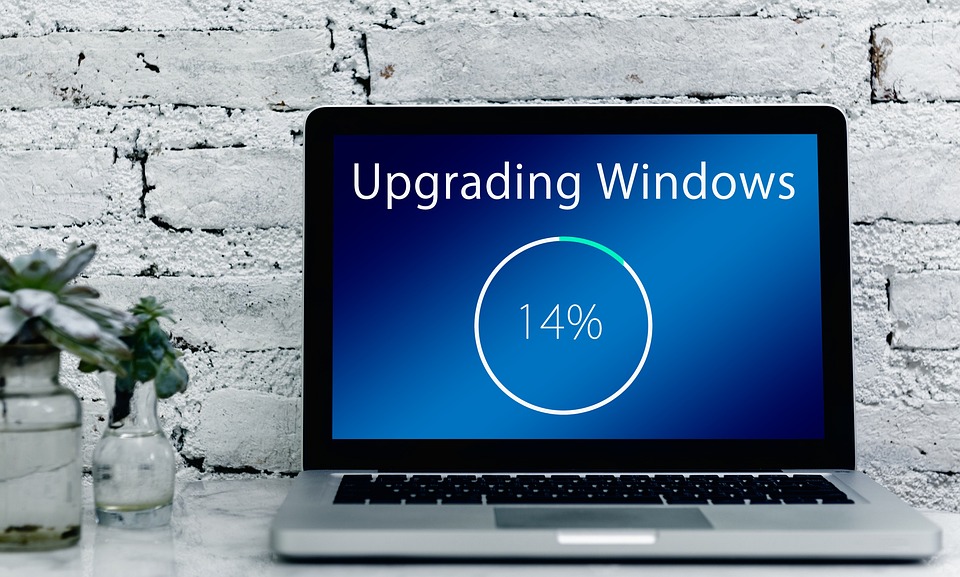WordPress powers over 40% of the websites on the internet, making it a prime target for hackers and malicious actors. With its popularity comes an array of myths and misconceptions about security that can mislead users and compromise their sites. Understanding the truth behind these myths is essential for anyone using WordPress, whether for a personal blog, a business site, or an e-commerce platform. In this article, we will debunk some of the most common WordPress security misconceptions.
Myth 1: WordPress is Inherently Insecure
The Truth:
One of the most prevalent myths is that WordPress itself is insecure. The reality is that WordPress, like any other software, can be secure or insecure depending on how it is used and maintained. Core WordPress software is regularly updated to address vulnerabilities and improve security. The real security risks often arise from outdated plugins, themes, poor server configurations, and neglecting regular updates. Thus, the responsibility for site security lies primarily with the user.
Myth 2: Security Plugins Are Sufficient on Their Own
The Truth:
While security plugins provide a helpful layer of security by offering features such as firewalls, malware scanning, and brute-force protection, they should not be relied upon as the sole line of defense. Security is multifaceted and requires a proactive approach. Using a combination of strong passwords, regular backups, updated software, and security plugins creates a more robust security posture. Plugins are effective tools, but they need to be part of a comprehensive security strategy.
Myth 3: All WordPress Websites are Frequent Targets
The Truth:
While WordPress sites do attract hackers due to the sheer volume of websites running on the platform, not all WordPress sites are targeted equally. Attackers typically focus on sites that appear vulnerable or not well-maintained. Regularly updating your website, using strong passwords, and implementing basic security measures can significantly reduce the likelihood of becoming a target. In essence, a well-secured site is much less likely to attract attention from attackers.
Myth 4: Shared Hosting Means an Automatic Security Risk
The Truth:
While it’s true that shared hosting environments expose websites to some risks, it doesn’t mean that all shared hosting is insecure. Many reputable hosting providers implement stringent security measures to protect all websites on their servers. Additionally, users can enhance their own site security regardless of their hosting environment by following best practices, such as using secure connections (HTTPS), covering vulnerabilities through plugins, and maintaining good site hygiene. Selecting a reliable hosting provider is key.
Myth 5: You Don’t Need a Backup If Your Site is Secure
The Truth:
Even the most secure WordPress site can fall victim to unforeseen issues, such as server failures, hacking attempts, or even human errors. Relying solely on security measures without a backup plan can be disastrous. Regular backups are essential to safeguard your content and settings. Implement automated backups, and store them in secure, off-site locations. Having a backup ready will provide peace of mind and reduce downtime in case of an incident.
Myth 6: Only Large Websites Need to Worry About Security
The Truth:
Small and medium-sized websites are often considered easy targets because they may lack the security resources of larger organizations. Cybercriminals frequently exploit these perceived weaknesses. Every website, regardless of size, is a potential target, and small businesses have faced significant vulnerabilities. Implementing strong security practices is vital for all websites to mitigate risks and safeguard sensitive information.
Myth 7: Changing Your Login URL Will Keep Your Site Safe
The Truth:
Changing the default WordPress login URL may deter some automated attacks, but it is not a silver bullet for security. While it can reduce the visibility to some extent, savvy attackers can still discover the new URL, especially when using targeted attacks. Addressing fundamental security practices such as using strong passwords, enabling two-factor authentication, and regularly updating both core files and plugins will provide far greater protection.
Conclusion
Understanding the truths behind common WordPress security myths can empower users to take action in safeguarding their websites. Security is not a one-time effort; it requires ongoing vigilance and a proactive approach. By addressing misconceptions and adopting comprehensive security measures, you can significantly reduce the risk of compromising your website and ensure it remains a safe place for your visitors. In the world of WordPress, knowledge is the best defense against potential threats.
Contact Us






